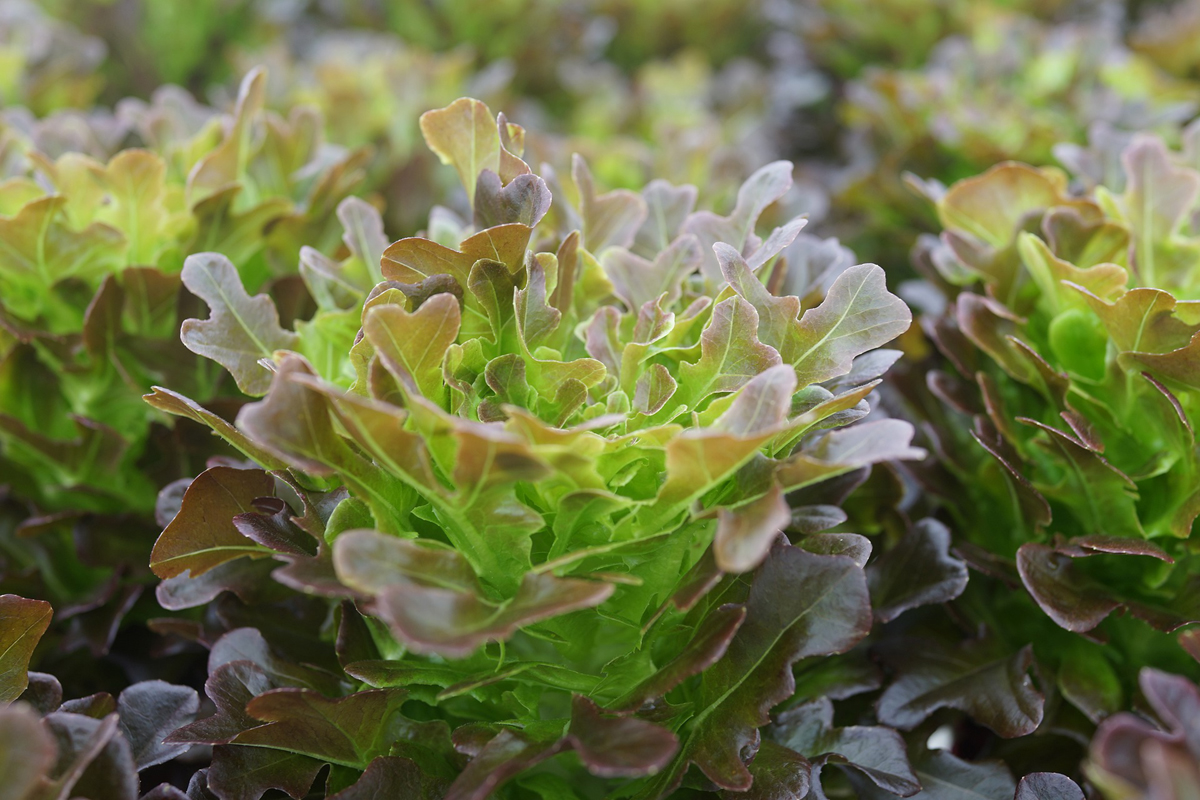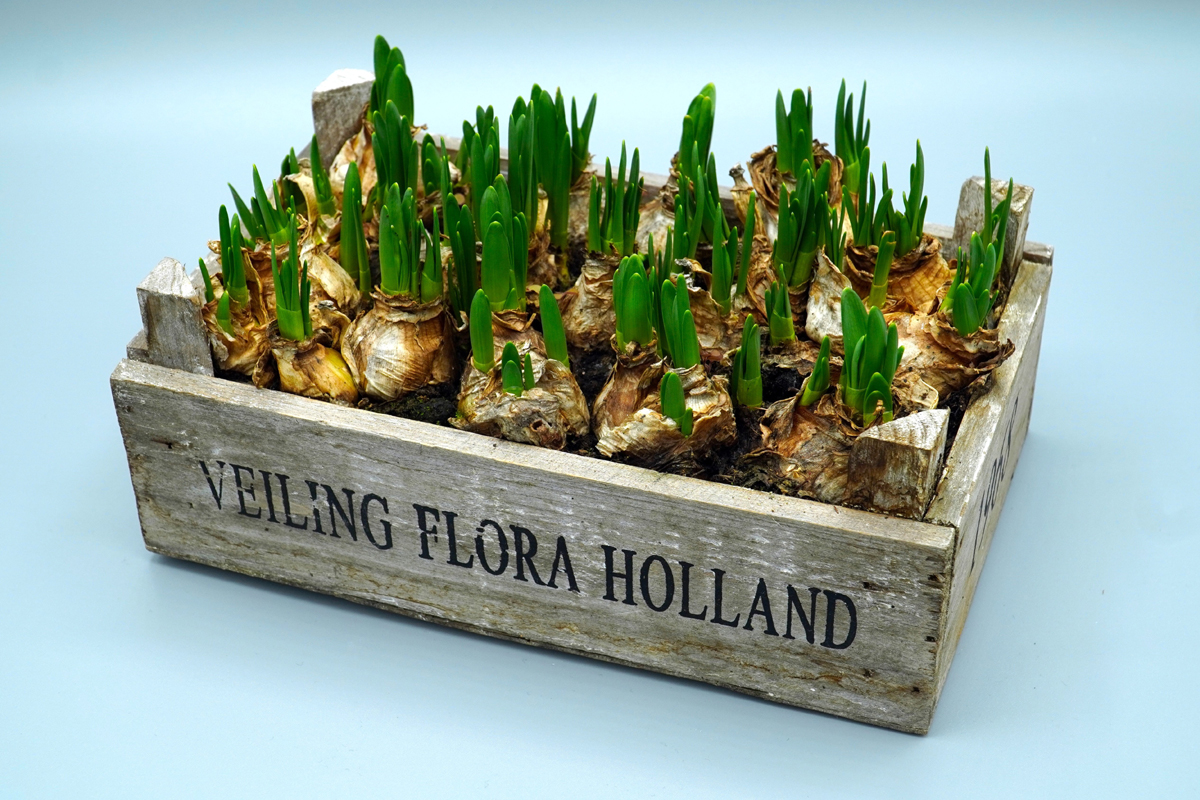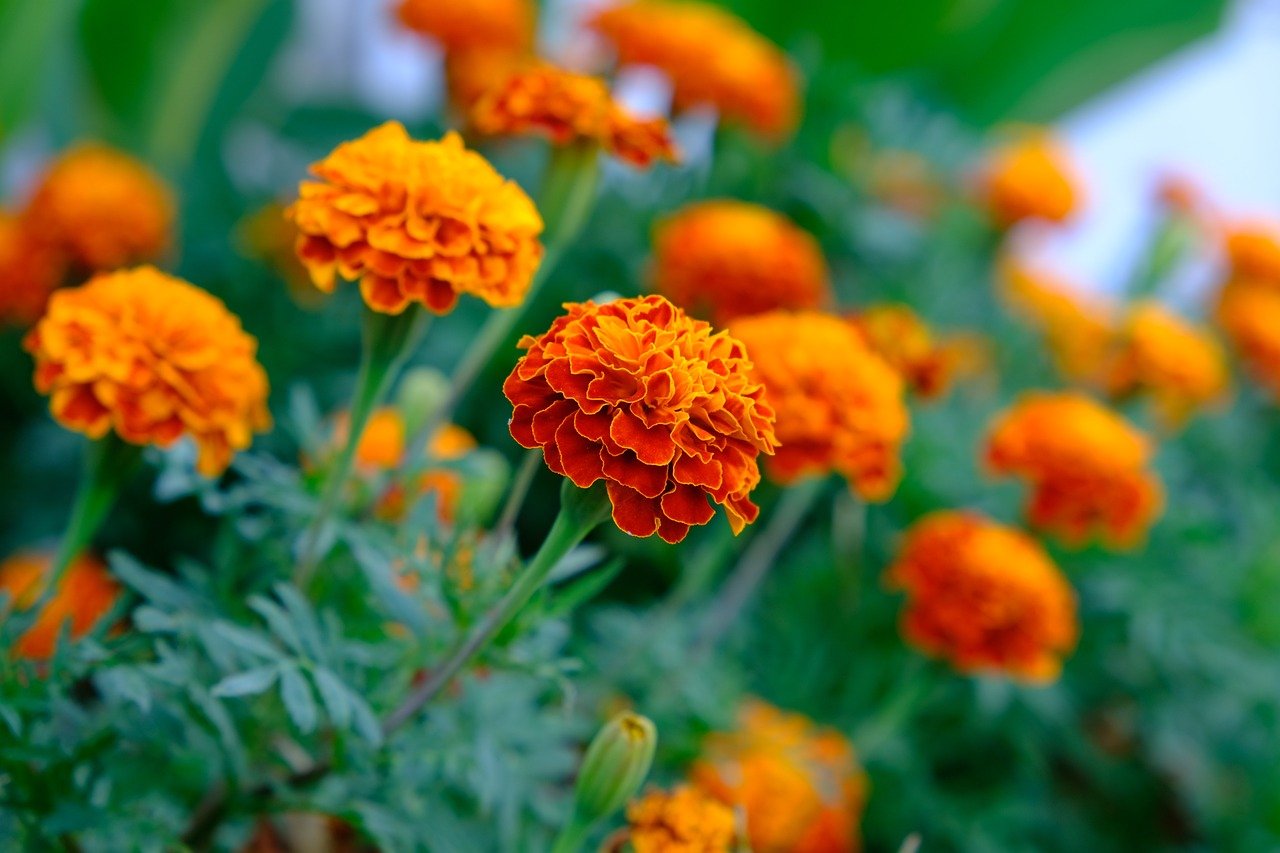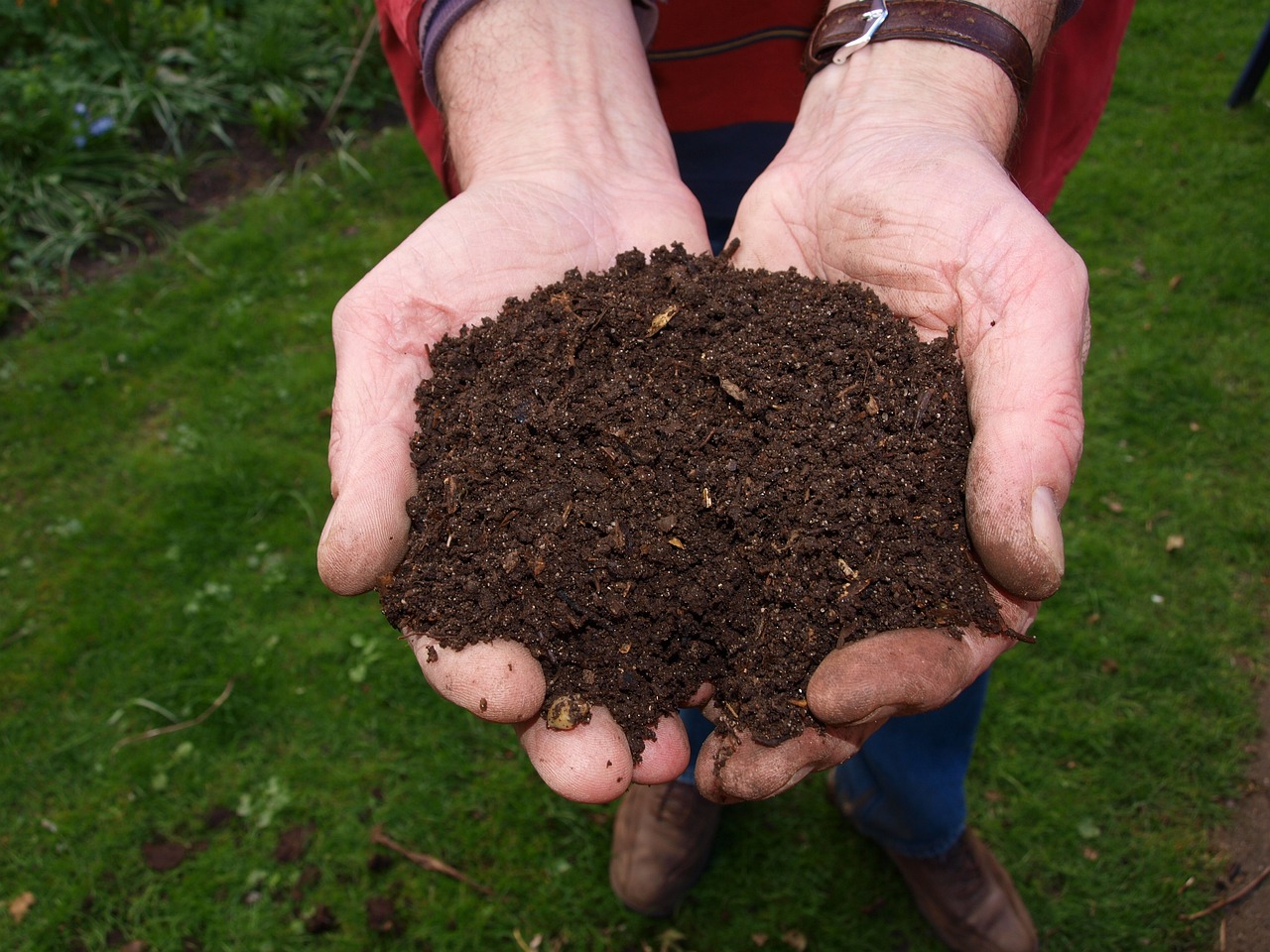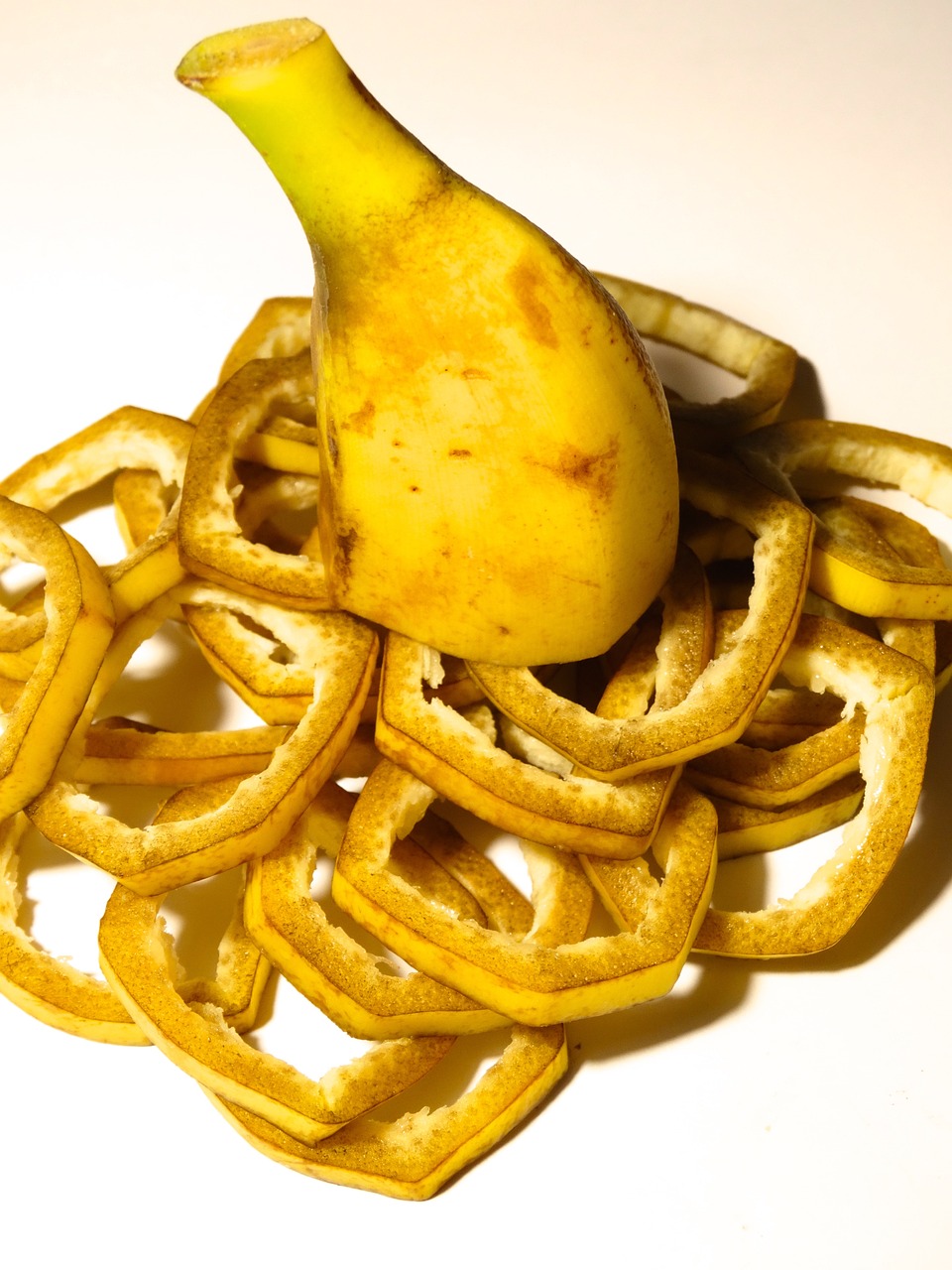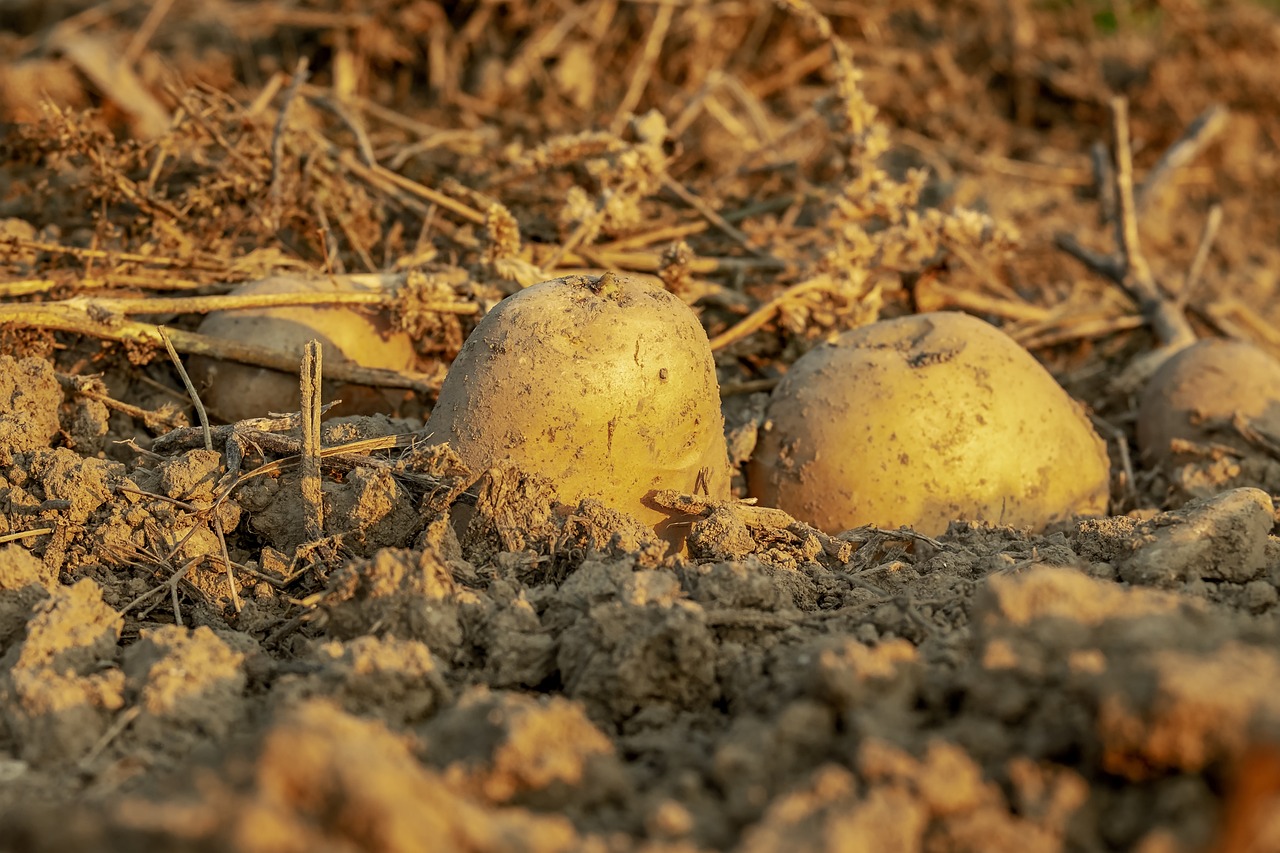How to Create a Fragrant Herbal Lawn
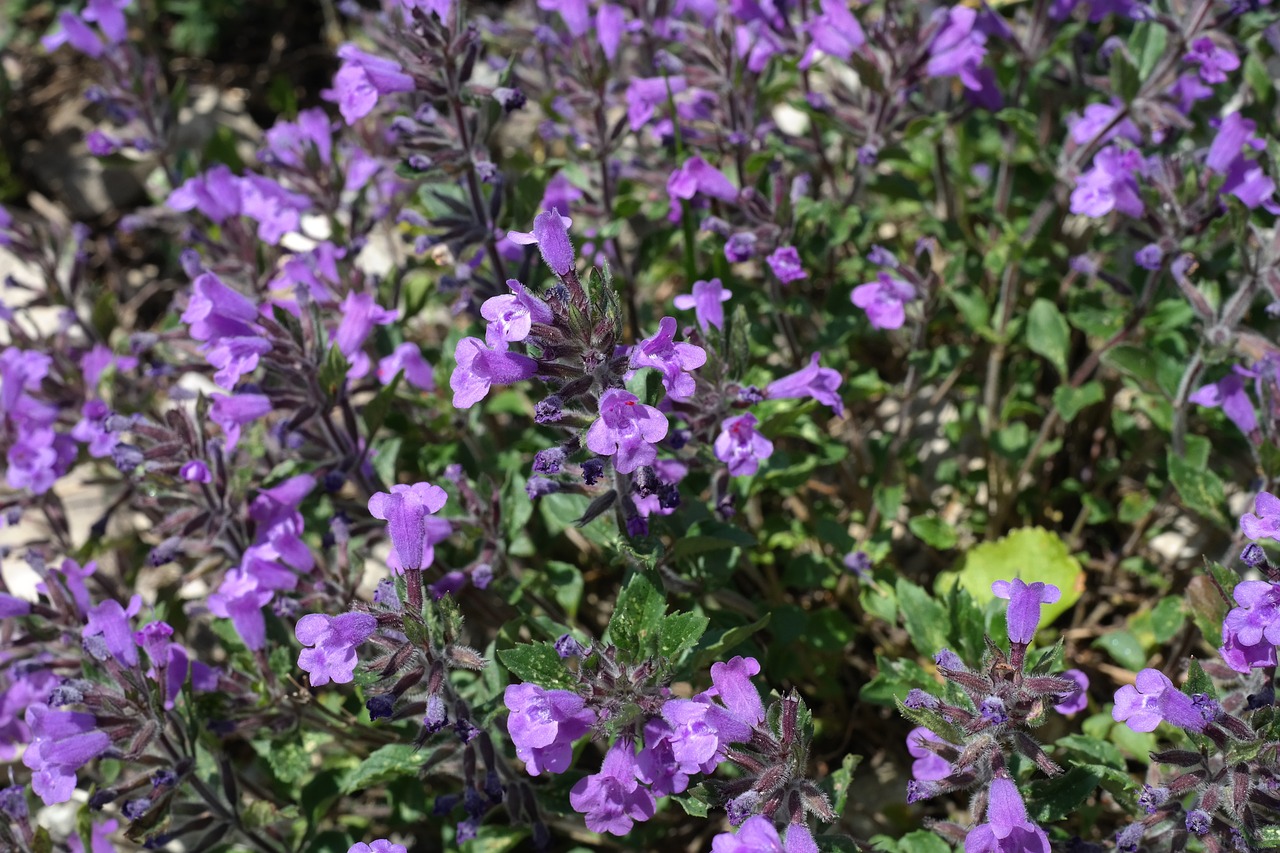
Thyme is a wonderfully versatile herb that can be easily grown in a herb garden. Nowadays it’s known mainly as a culinary herb, but back in the days of England’s Queen Victoria it was also frequently used as a “ground-covering herb” – when it was used to create lawns and beautiful, sweeping garden banks of aromatic white, pink and yellow flowers that released their fragrance when trodden on.
If you are familiar with the scent of thyme, I am sure you can imagine what it must have been like on a summer evening to be sitting on a lawn of thyme, soaking up the evening sun and absorbing that wonderful characteristic herbal aroma. Well, why just imagine it? Its not a major project to plant your own thyme lawn, and once it’s done you’ll never tire of the pleasure it will give you during the summer months.
In this article I am going to provide you with all the information you need to create a lawn from the culinary herb thyme. There are four straightforward steps to follow:
1. Pick a suitable variety of thyme
2. Choose the right location and conditions for your herbal lawn
3. Planting your thyme (and growing it from seed)
4. Looking after your herbal lawn
Varieties of Thyme
There are lots of varieties of thyme (350 at the last count!), all of which can be put to culinary use. But to create a lawn you will need to purchase or grow a creeping variety of thyme. As the name suggests these varieties spread to form a “carpet” of plants which will survive through even quite cold winters and flourish each year (thyme is a perennial herb).
In June and July your thyme lawn will not only give off its fragrant familiar smell, but it will also be covered with masses of tiny flowers the color of which will depend upon the variety of thyme you choose.
Lemon Frost is a rapid growing variety with round leaves and wonderful lemon scent. It’s perfect for covering large segments of ground. Doone Valley thyme has variegated leaves and pink flowers. Pink lemonade thyme has pink flowers. Golden lemon thyme has tiny golden yellow leaves.
Use the internet to find a specialist herb supplier such as Mountain Valley Growers in California (they sell over 50 different varieties of thyme). But if you want to shop local, you’ll easily find something suitable at your local garden center.
Choosing the Right Location
Do some planning to make sure you create your herbal lawn in the best possible spot in your garden.
– Choose a spot that enjoys full exposure to the sun and has a well-drained, light soil
– Remove all leaves and surface weeds and use a weed killer with glyco-phosphate to poison weeds that have deep roots (if you don’t want to use the weed-killer “double-dig” the soil and manually remove all traces of roots)
– Dig in compost or manure if the soil lacks humus
– Rake the soil to a firm, level finish (firm it down with the head of your rake if necessary).
Planting Your Thyme Lawn
You can either buy herb plants or grow your thyme herb plants from seed. I’ve covered both of these options below:
Buy Thyme Plants
– Measure the area of your lawn. You will need about twenty plants to every square yard
– Transplant your thyme from the pots or trays they came in, ensuring a distance of about 20cm between each plant
– Water well and refrain from walking on the lawn for about a month
Grow Plants from Seed
– Sow your thyme seeds in the fall
– Buy seed trays with compartments and use a soil-less potting compost
– Sow two or three seeds in each compartment
– Keep your seed trays moist and warm, but out of direct sunlight
– Expect your seeds to germinate in about a week
– Transplant them to small pots (2/3 inches) when they are about 2 inches tall
– Plant you lawn when your potted plants have grown to 3 to 4 inches.
Looking after Your Lawn
Your lawn will not need much care. Unlike a grass lawn it should never need cutting.
– Weed your lawn regularly
– When bare patches appear (they will, unfortunately) fill them with rooted pieces of thyme propagated from other well-grown plants
– Don’t allow your lawn to become water-logged.
Other Ways of Using Thyme in Around The Garden
Whilst I strongly recommend planting a thyme lawn because of the absolute pleasure it’ll bring to you, you may be put off by the hard work and expense involved. However, there are other ways in which you can use thyme in your garden that don’t involve as much work:
– Plant patches of thyme between stepping stones
– Create patches of thyme on sunny banks around your garden
– Create a fragrant thyme foot rest beneath a garden seat.
Whatever you choose to do, you won’t regret using thyme as a ground-cover plant. Also, I haven’t described all the creative possibilities you could explore. If you want more variety with your ground-cover herbs mix your thyme plants with other aromatic ground-cover herbs such as penny royal and chamomile. Take some time to research these and other possible ways of using well-known culinary herbs in different areas of your garden.
The Author:
This article by Adam Gilpin has been produced to encourage more people to create their own herb gardens and discover the 100’s of different ways in which herbs can be used in the garden and around the house.
© Copyright – Adam Gilpin. All Rights Reserved Worldwide
Photo. Hans

